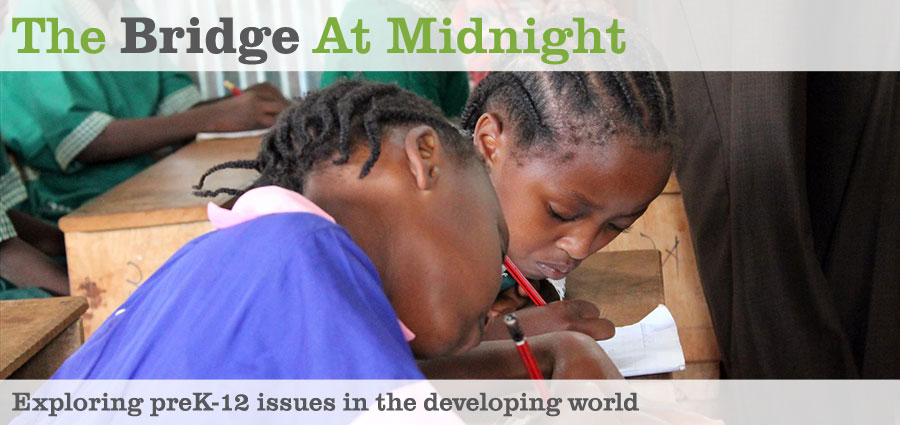Look! Watch this
Posted: May 13th, 2014 | Author: Michael Goldstein | | No Comments »
Dan Willingham writes:
You often hear the phrase that small children are sponges, that they constantly learn. This sentiment is sometimes expressed in a way that makes it sound like the particulars don’t matter that much — as long as there is a lot to be learned in the environment, the child will learn it. A new study shows that for one core type of learning, it’s more complicated. Kids don’t learn important information that’s right in front of them, unless an adult is actively teaching them.
The core type of learning is categorization. Understanding that objects can be categorized is essential for kids’ thinking. Kids constantly encounter novel objects. For example, each apple they see is an apple they’ve never encountered before. The child cannot experiment with each new object to figure out its properties. She must benefit from her prior experience with other apples, so that she can know, for example, that this object, since it’s an apple, must be edible.
But how can a child tell which properties of the apple are incidental (e.g., it has a long stem) and which properties are true of all apples (it’s edible)? The child must ignore many incidental properties, and hold on to the important properties that are true of all apples.
Previous research shows that by age three or four, children are sensitive to linguistic cues about this matter. They appropriately attach significance to the difference between “This apple has a long stem” and “Apples are good for eating.” “This apple” signifies that the information provided applies only to this particular apple. “Apples” indicates a generalization about all apples.
A recent study (Butler & Markman, 2014) examined whether there are cues outside of language that guide children in resolving this problem. The researchers tested the possibility that children are sensitive to adults teaching them. If an adult deliberately highlights a property for the child’s benefit, that presumably is a property of some importance, and one that is characteristic of all objects of this sort.
Read the whole thing here.


Leave a Reply